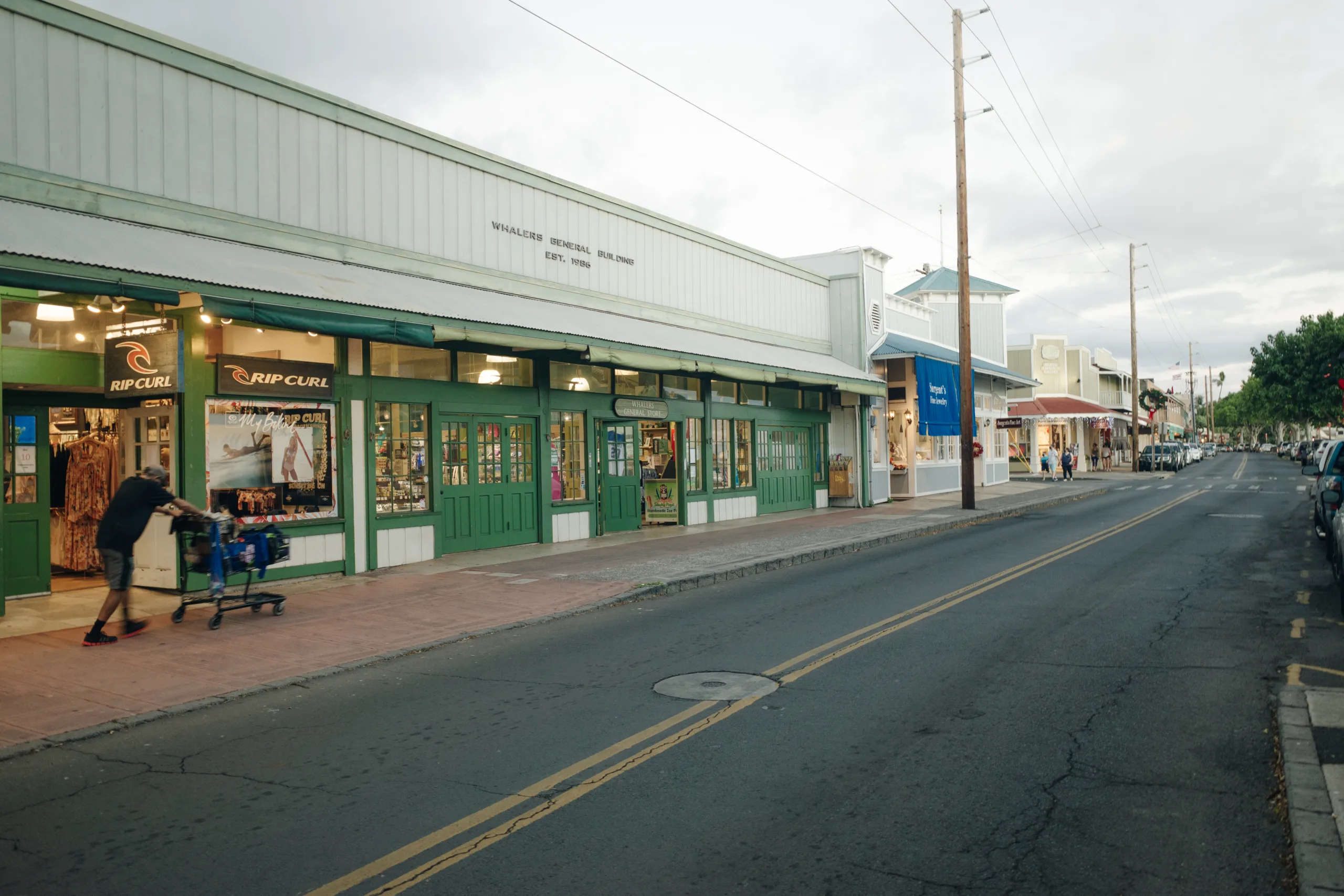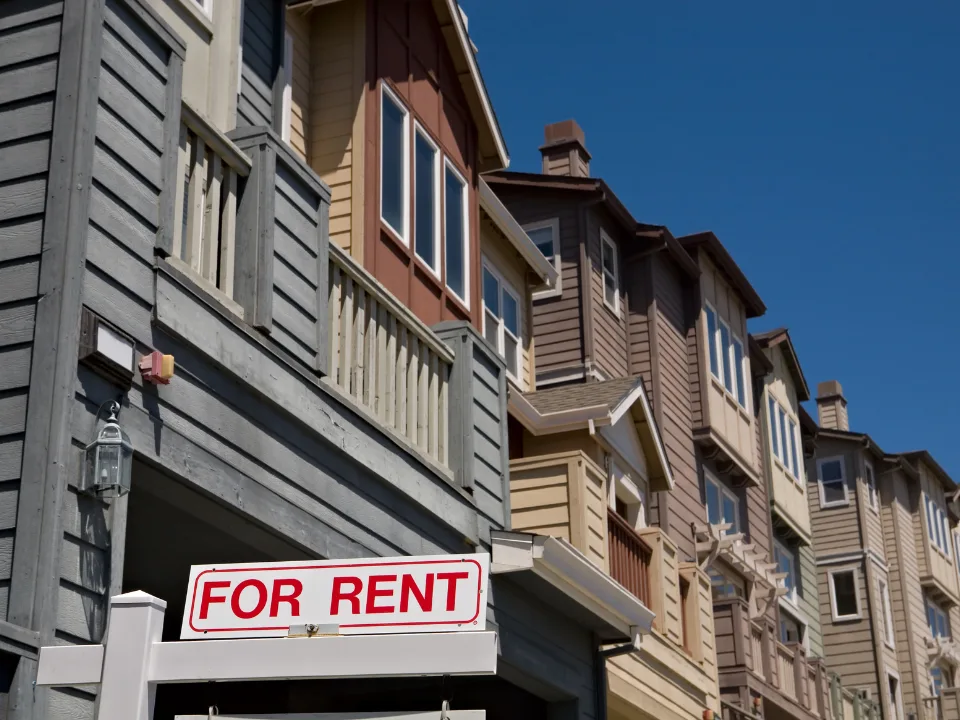- Allentown, PA led year-over-year rent growth at 3.8%, followed by Columbia, SC, and Lexington, KY, at 3.7%.
- Austin rents dropped 5.8%, the steepest decline nationally, with similar drops in Pensacola, Cape Coral, and Denver.
- Rust Belt and Northeast cities like Rochester and Syracuse are projected to lead rent growth over the next five years.
- Florida and Texas single-family rentals are under pressure due to falling home prices, rising insurance costs, and HOA fees.
Rent Resilience Shifts North
According to Globe St, smaller cities in the Rust Belt and South are outpacing large metros in rent growth. Allentown posted the highest annual increase at 3.8%. Columbia, Lexington, and Harrisburg also made the top five. These markets offer more stability and affordability than their Sun Belt counterparts.
Sun Belt Slide
Rental prices are falling in several formerly booming markets. Austin tops the list with a 5.8% decline. Pensacola, Cape Coral, Denver, and Colorado Springs also posted year-over-year losses. These areas are now adjusting after years of rapid growth.
Looking Ahead
Markerr forecasts continued strength in Rust Belt and Northeast markets. Rochester and Syracuse are expected to see the most rent growth—5.3% and 5%, respectively. Allentown, Scranton, and Youngstown are also projected to perform well.
Get Smarter about what matters in CRE
Stay ahead of trends in commercial real estate with CRE Daily – the free newsletter delivering everything you need to start your day in just 5-minutes
SFR Standouts and Struggles
Single-family rental growth is strongest in the Midwest and Northeast. Cities like Cleveland, Toledo, and Chicago are outperforming. In contrast, Florida and Texas markets are underperforming due to affordability challenges and insurance hikes. Cape Coral, Austin, and Sarasota saw the weakest SFR rent growth.
Affordability Landscape
Huntsville, AL, and Wichita, KS, are the most affordable markets based on rent-to-income ratios. Utah metros like Ogden and Provo-Orem, and Raleigh, NC, also rank high due to strong household incomes. Miami, New York, and Los Angeles remain the least affordable.
Why It Matters
Rent growth is shifting to smaller, more affordable cities. These areas offer better value for renters and stronger returns for investors. Larger metros may continue to lag unless affordability improves.
What’s Next
Expect more interest in Rust Belt and Southern tertiary markets. As affordability tightens in major cities, demand will likely grow in regions with stable prices and income-to-rent ratios.
















